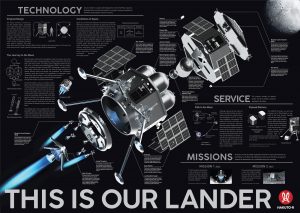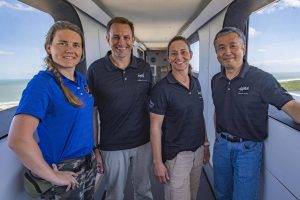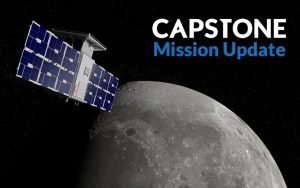NASA Reveals Top Landing Sites for Artemis
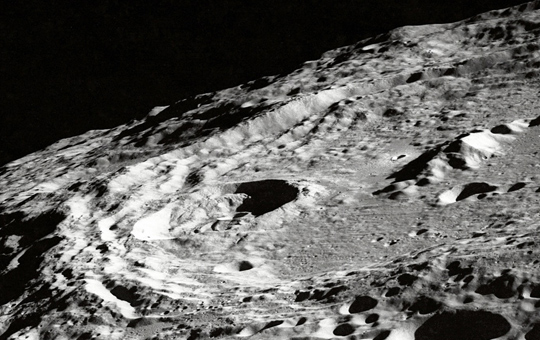
Moon
At a live announcemnt NASA Reveals Top Landing Site Candidates for Artemis Astronauts:
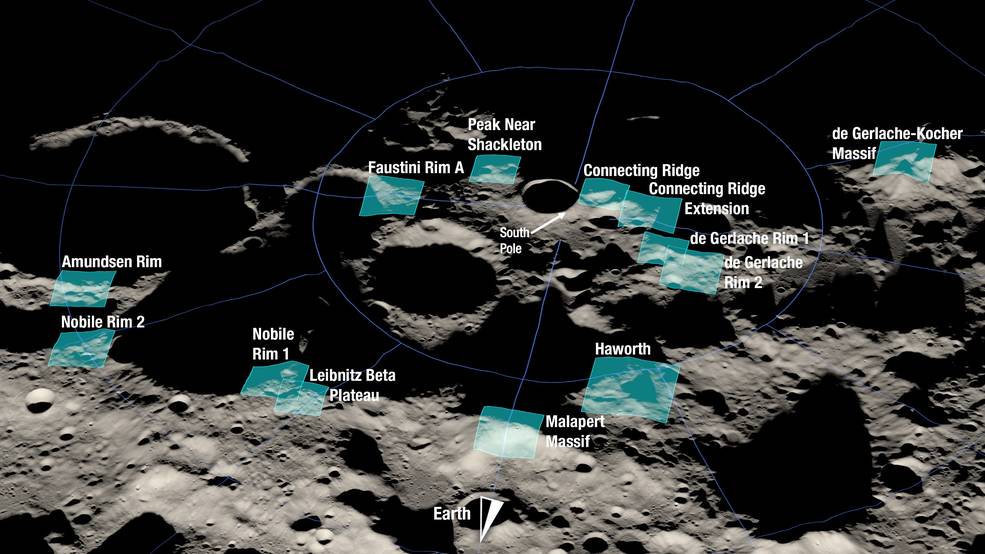
Credits: NASA
NASA identified the following candidate regions for an Artemis III lunar landing:
- Amundsen Rim
- Connecting Ridge
- Connecting Ridge Extension
- de Gerlache Rim 1
- de Gerlache Rim 2
- de Gerlache-Kocher Massif
- Faustini Rim A
- Haworth
- Leibnitz Beta Plateau
- Malapert Massif
- Nobile Rim 1
- Nobile Rim 2
- Peak Near Shackleton
NASA said at their briefing, the scientific significance of their proximity to the lunar South Pole led the selection of these sites because of rich resources and unexplored terrain.
“Several of the proposed sites within the regions are located among some of the oldest parts of the Moon, and together with the permanently shadowed regions, provide the opportunity to learn about the history of the Moon through previously unstudied lunar materials,” said Sarah Noble, Artemis lunar science lead for NASA’s Planetary Science Division.
Some of the main science objectives for Artemis III are:
- Shadows because temps can soar to 130F in sunlit areas
- Water Discovery and Volatiles
- Collecting Deep Core Samples
Shackleton Crater
All of the landing sites are relatively near the Shackleton Crater, named after famed Antartica explorer, Ernest Shackleton. The Shackleton Crater is an impact crater that exists at the lunar south pole. The peaks along the crater’s rim are exposed to almost perpetual sunlight, while the interior is permanently in shadow. The 3.5 Billion years old crater measures 13 miles in diameter and approximately 2.6 miles deep. This crater has also been proposed as a future site for a large infrared telescope. The low temperature of the crater floor makes it ideal for infrared observations, and solar cells placed along the rim could provide near-continuous power to the observatory. In 2006, NASA named the rim of Shackleton as a potential lunar outpost. Frozen water could be manipulated for consumption and fuel manufacturing, proving the crater to have usefulness for Lunar habitability. With the Artemis program, the first lunar outpost could be as soon as 2028.



